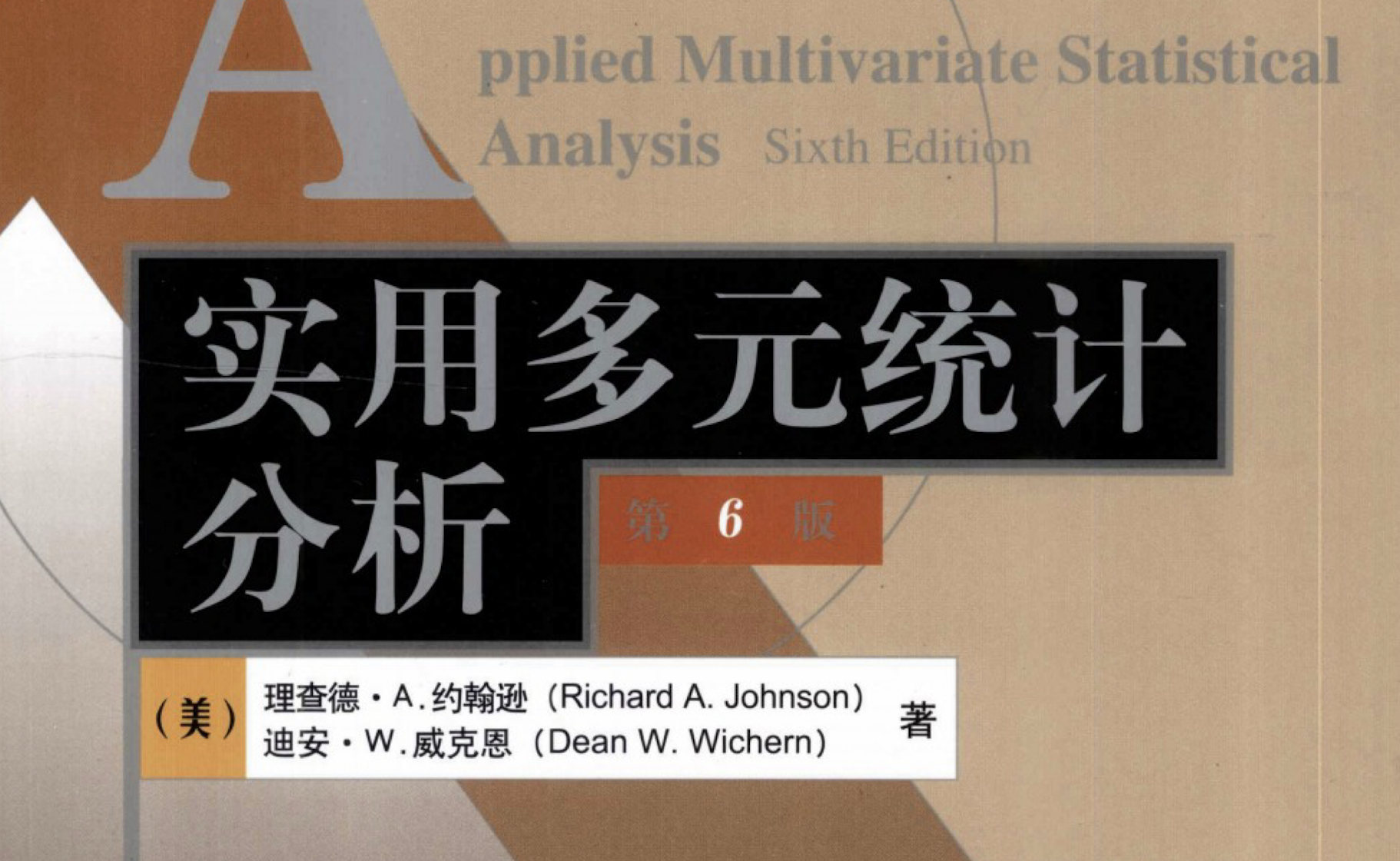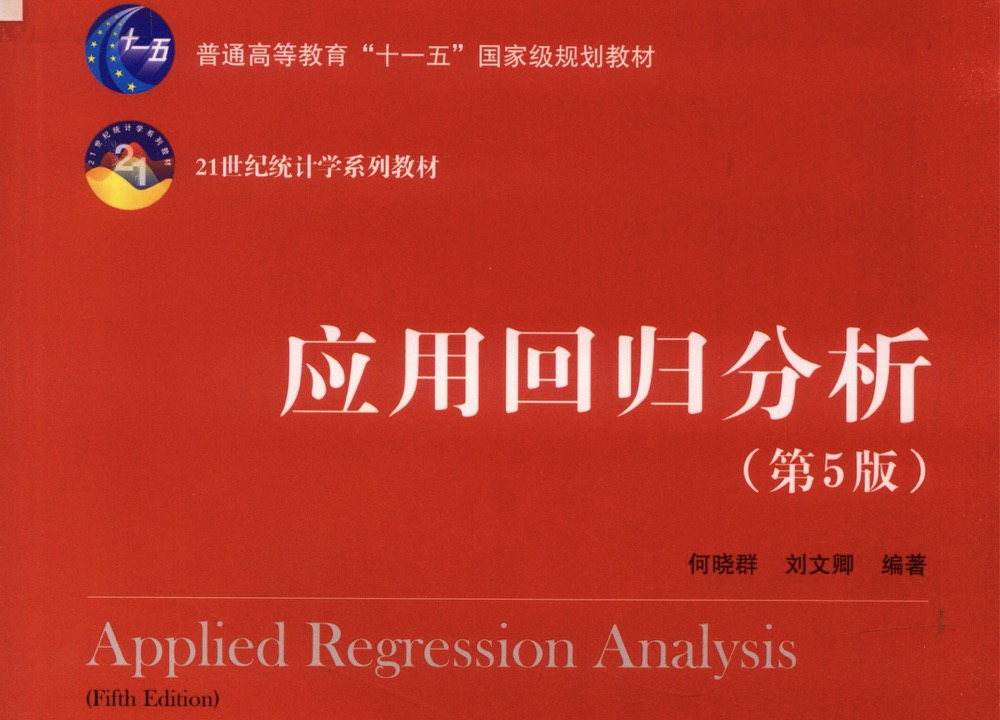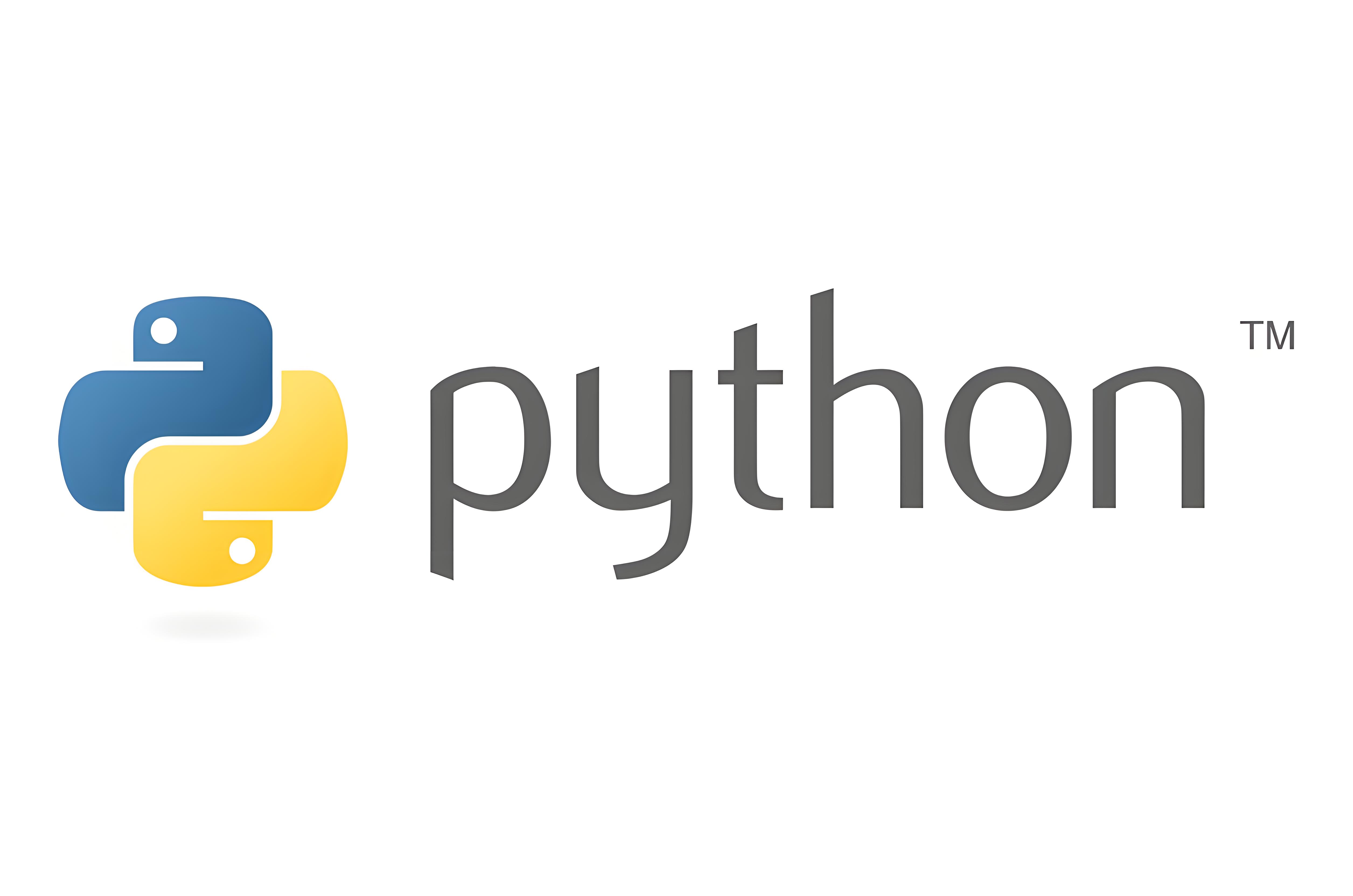回归分析:多元线性回归
本章介绍多元线性回归的 R 语言实现,包括模型搭建、变量选择、多重共线性和模型预测和诊断。
代码和笔记存储在 GitHub 库 【持续更新中,建议 star!】
1 多元线性回归模型
1.1 模型
模型:
y i = β 0 + β 1 ⋅ x i 1 + ⋯ + β p ⋅ x i p + ϵ i , i = 1 , 2 , ⋯ , n y_i = \beta_0 + \beta_1\cdot x_{i1} + \cdots + \beta_p \cdot x_{ip} + \epsilon_i,\quad i = 1,\ 2,\ \cdots,\ n
y i = β 0 + β 1 ⋅ x i 1 + ⋯ + β p ⋅ x i p + ϵ i , i = 1 , 2 , ⋯ , n
误差项的假设:
ϵ i ∼ i . i . d N ( 0 , σ 2 ) \epsilon_i \sim_{i.i.d} N(0,\ \sigma^2)
ϵ i ∼ i . i . d N ( 0 , σ 2 )
拟合值:
y i ^ = β 0 ^ + β 1 ^ ⋅ x i 1 + ⋯ + β p ^ ⋅ x i p , i = 1 , 2 , ⋯ , n \hat{y_i} = \hat{\beta_0} + \hat{\beta_1}\cdot x_{i1} + \cdots + \hat{\beta_p} \cdot x_{ip},\quad i = 1,\ 2,\ \cdots,\ n
y i ^ = β 0 ^ + β 1 ^ ⋅ x i 1 + ⋯ + β p ^ ⋅ x i p , i = 1 , 2 , ⋯ , n
使用最小二乘法:
min β j ∑ i = 1 n ( y i − y i ^ ) 2 , j = 0 , 1 , ⋯ , p \min_{\beta_j}\ \sum\limits_{i=1}^n\ (y_i - \hat{y_i})^2,\quad j = 0,\ 1,\ \cdots,\ p
β j min i = 1 ∑ n ( y i − y i ^ ) 2 , j = 0 , 1 , ⋯ , p
1.2 R 语言实现
数据准备:
1 2 3 4 5 Y <- c ( 101.8 , 44.4 , 108.3 , 85.1 , 77.1 , 158.7 , 180.4 , 64.2 , 74.6 , 143.4 , 120.6 , 69.7 , 67.8 , 106.7 , 119.6 ) X1 <- c ( 1.3 , 0.7 , 1.4 , 0.5 , 0.5 , 1.9 , 1.2 , 0.4 , 0.6 , 1.3 , 1.6 , 1.0 , 0.8 , 0.6 , 1.1 ) X2 <- c ( 0.2 , 0.2 , 0.3 , 0.4 , 0.6 , 0.4 , 1.0 , 0.4 , 0.5 , 0.6 , 0.8 , 0.3 , 0.2 , 0.5 , 0.3 ) X3 <- c ( 20.4 , 30.5 , 24.6 , 19.6 , 25.5 , 21.7 , 6.8 , 12.6 , 31.3 , 18.6 , 19.9 , 25.6 , 27.4 , 24.3 , 13.7 ) CountryKitchen <- data.frame( Sales = Y, Advertisement = X1, Promotion = X2, Competitor = X3)
1 2 3 4 5 6 7 8 > > cor( CountryKitchen) > plot( CountryKitchen) Sales Advertisement Promotion Competitor Sales 1.0000000 0.7076926 0.6123033 - 0.6248346 Advertisement 0.7076926 1.0000000 0.1613351 - 0.2131088 Promotion 0.6123033 0.1613351 1.0000000 - 0.4939321 Competitor - 0.6248346 - 0.2131088 - 0.4939321 1.0000000
回归分析:(4 种方法)
1 2 3 4 5 6 7 8 9 10 11 12 13 14 15 16 17 result1 <- lm( Y ~ X1 + X2 + X3) summary( result1) X <- cbind( X1, X2, X3) result2 <- lm( Y ~ X) summary( result2) result3 <- lm( Sales ~ Advertisement + Promotion + Competitor, data = CountryKitchen) summary( result3) result4 <- lm( Sales ~ ., data = CountryKitchen) summary( result4)
最终结果:
1 2 3 4 5 6 7 8 9 10 11 12 13 14 15 16 17 18 19 20 21 Call: lm( formula = Sales ~ Advertisement + Promotion + Competitor, data = CountryKitchen) Residuals: Min 1 Q Median 3 Q Max - 34.625 - 6.750 1.335 8.030 26.435 Coefficients: Estimate Std. Error t value Pr( > | t| ) ( Intercept) 65.7046 27.7311 2.369 0.037195 * Advertisement 48.9788 10.6579 4.596 0.000771 * * * Promotion 59.6543 23.6247 2.525 0.028219 * Competitor - 1.8376 0.8138 - 2.258 0.045233 * - - - Signif. codes: 0 ‘* * * ’ 0.001 ‘* * ’ 0.01 ‘* ’ 0.05 ‘.’ 0.1 ‘ ’ 1 Residual standard error: 17.6 on 11 degrees of freedom Multiple R- squared: 0.833 , Adjusted R- squared: 0.7875 F - statistic: 18.29 on 3 and 11 DF, p- value: 0.0001388
1.3 R 结果分析
参数估计: Residual standard error: 17.6 代表了
σ ^ = 17.6 \hat{\sigma} = 17.6
σ ^ = 17.6
参数估计: Estimate 代表了
β 0 ^ = 65.7046 β 1 ^ = 48.9788 β 2 ^ = 59.6543 β 3 ^ = − 1.8376 \begin{align}
\hat{\beta_0} &= 65.7046 \\
\hat{\beta_1} &= 48.9788 \\
\hat{\beta_2} &= 59.6543 \\
\hat{\beta_3} &= -1.8376 \\
\end{align}
β 0 ^ β 1 ^ β 2 ^ β 3 ^ = 65.7046 = 48.9788 = 59.6543 = − 1.8376
显著性检验: Signif. codes 和 Pr(>|t|)
β j ^ − β j σ ^ j ∼ t ( n − p − 1 ) \frac{\hat{\beta_j} - \beta_j}{\hat{\sigma}_j} \sim t\ (n-p-1)
σ ^ j β j ^ − β j ∼ t ( n − p − 1 )
1 Advertisement: Pr( > | t| ) = 0.000771 * * * 显著
针对的假设检验:
H 0 : β j = 0 v s H 1 : β j ≠ 0 H_0: \beta_j = 0\quad vs\quad H_1: \beta_j \neq 0
H 0 : β j = 0 v s H 1 : β j = 0
模型显著性检查:
1 2 3 F - statistic: 18.29 on 3 and 11 DF, p- value: 0.0001388 所以 p- value: 0.0001388 < 0.05 拒绝原假设,模型显著
针对的假设检验:
H 0 : β 1 = β 2 = ⋯ = β p = 0 v s H 1 : 至少存在一个 β j ≠ 0 H_0: \beta_1 = \beta_2 =\cdots = \beta_p = 0\quad vs\quad H_1: \text{至少存在一个 } \beta_j \neq 0
H 0 : β 1 = β 2 = ⋯ = β p = 0 v s H 1 : 至少存在一个 β j = 0
2 R 方和调整 R 方
模型中可能会存在无意义的变量,这回增加模型的复杂度,却不会显著提高模型表现。此时,定义调整 R 方,从而平衡模型表现和模型复杂度的衡量。
2.1 增加变量后的回归分析
例如:向上面的例子增加一个无关的变量 Snow
1 2 CountryKitchen$ Snow <- c ( 24 , 31 , 31 , 36 , 18 , 42 , 50 , 49 , 60 , 62 , 42 , 58 , 55 , 79 , 88 ) pairs( CountryKitchen, main = "pairs(dataname)" )
1 2 3 4 5 6 7 > cor( CountryKitchen) Sales Advertisement Promotion Competitor Snow Sales 1.0000000 0.70769256 0.61230329 - 0.6248346 0.19521113 Advertisement 0.7076926 1.00000000 0.16133514 - 0.2131088 - 0.06041495 Promotion 0.6123033 0.16133514 1.00000000 - 0.4939321 0.05054504 Competitor - 0.6248346 - 0.21310879 - 0.49393215 1.0000000 - 0.20264187 Snow 0.1952111 - 0.06041495 0.05054504 - 0.2026419 1.00000000
注意到 Snow 与响应变量 Sales 关系较小 cor = 0.1952111 。
此时进行线性回归:
1 2 result5 <- lm( Sales ~ ., data = CountryKitchen) summary( result5)
1 2 3 4 5 6 7 8 9 10 11 12 13 14 15 16 17 18 19 20 21 Call: lm( formula = Sales ~ ., data = CountryKitchen) Residuals: Min 1 Q Median 3 Q Max - 33.706 - 5.189 5.557 9.343 16.964 Coefficients: Estimate Std. Error t value Pr( > | t| ) ( Intercept) 44.2094 32.0045 1.381 0.197254 Advertisement 50.3533 10.4476 4.820 0.000703 * * * Promotion 61.1433 23.0614 2.651 0.024258 * Competitor - 1.6146 0.8130 - 1.986 0.075105 . Snow 0.3035 0.2419 1.255 0.238081 - - - Signif. codes: 0 ‘* * * ’ 0.001 ‘* * ’ 0.01 ‘* ’ 0.05 ‘.’ 0.1 ‘ ’ 1 Residual standard error: 17.16 on 10 degrees of freedom Multiple R- squared: 0.8557 , Adjusted R- squared: 0.798 F - statistic: 14.83 on 4 and 10 DF, p- value: 0.00033
2.2 R 方与调整 R 方
R-squared 从 0.833 增加到 0.856 :
R-squared 总是随着新的自变量不断进入模型而增加,哪怕该自变量与应变量几乎没有关系。
为了修正这种影响,引入调整 R 方:
R a 2 = 1 − ( 1 − R 2 ) ( n − 1 n − p − 1 ) R^2_a = 1 - (1 - R^2)(\frac{n-1}{n-p-1})
R a 2 = 1 − ( 1 − R 2 ) ( n − p − 1 n − 1 )
R a 2 R^2_a R a 2 R a 2 R_a^2 R a 2 R 2 R^2 R 2
然而在这个例子中,即便是基于 R a 2 R_a^2 R a 2
为了衡量模型中每个自变量是否确实与应变量有关,一种更正规和有效的方法是对回归系数进行显著性检验:
1 2 Estimate Std. Error t value Pr( > | t| ) Snow 0.3035 0.2419 1.255 0.238081
由 Pr(>|t|) = 0.23 > 0.05 故接受 H 0 : β s n o w = 0 H_0: \beta_{snow} = 0 H 0 : β s n o w = 0
3 多重共线性
**多重共线性:**自变量之间存在高度线性相关性。
3.1 多重共线性的例子
例:变量 GPA 和 GMAT 去拟合 salary
1 2 3 4 5 6 7 8 9 10 11 12 13 14 15 16 17 18 19 20 21 22 salary <- c ( 100000 , 100000 , 77500 , 77500 , 75000 , 87500 , 77500 , 87500 , 77500 , 90000 , 95000 , 65000 , 72500 , 82500 , 100000 , 97500 , 68500 , 85000 , 88500 , 100000 , 77500 , 92500 , 92500 , 97500 , 95000 ) GPA <- c ( 3.9 , 3.9 , 3.1 , 3.2 , 3.0 , 3.5 , 3.0 , 3.5 , 3.2 , 3.6 , 3.7 , 2.9 , 3.4 , 3.4 , 4.0 , 3.8 , 2.8 , 3.5 , 3.6 , 3.9 , 3.1 , 3.7 , 3.7 , 4.0 , 3.8 ) GMAT <- c ( 640 , 644 , 557 , 550 , 547 , 589 , 533 , 600 , 630 , 633 , 642 , 522 , 628 , 583 , 650 , 641 , 530 , 596 , 605 , 656 , 574 , 636 , 635 , 654 , 633 )
1 2 result6 <- lm( salary ~ GPA + GMAT) summary( result6)
1 2 3 4 5 6 7 8 9 10 11 12 13 14 15 16 17 18 19 Call: lm( formula = salary ~ GPA + GMAT) Residuals: Min 1 Q Median 3 Q Max - 10027.3 - 1508.7 549.5 1831.0 4103.3 Coefficients: Estimate Std. Error t value Pr( > | t| ) ( Intercept) - 2507.37 10440.28 - 0.240 0.812 GPA 32650.32 4458.95 7.322 2.48e-07 * * * GMAT - 41.36 37.32 - 1.108 0.280 - - - Signif. codes: 0 ‘* * * ’ 0.001 ‘* * ’ 0.01 ‘* ’ 0.05 ‘.’ 0.1 ‘ ’ 1 Residual standard error: 3201 on 22 degrees of freedom Multiple R- squared: 0.9178 , Adjusted R- squared: 0.9104 F - statistic: 122.9 on 2 and 22 DF, p- value: 1.151e-12
注意到:Multiple R-squared: 0.9178, Adjusted R-squared: 0.9104 所以模型整体表现良好,但是
1 2 Estimate Std. Error t value Pr( > | t| ) GMAT - 41.36 37.32 - 1.108 0.280
说明 GMAT 表现不显著,且系数为负,不符合常识。这可能的原因就是 GMAT 与 GPA 之间存在高度线性相关性,即多重共线性。
注意到:
1 2 > cor( GPA, GMAT) [ 1 ] 0.9150276
所以二者存在极高的线性关系。可以删去不显著的 GMAT 重新线性回归:
1 2 result7 <- lm( salary ~ GPA) summary( result7)
3.2 多次共线性的判断
**多重共线性:**自变量线性相关,即
∃ c j ≠ 0 s . t . c 1 X 1 + c 2 X 2 + ⋯ + c p X p = c 0 \exist\ c_j \neq 0\quad s.t.\ c_1X_1 + c_2X_2 + \cdots + c_pX_p = c_0
∃ c j = 0 s . t . c 1 X 1 + c 2 X 2 + ⋯ + c p X p = c 0
判断方法:
直接比较自变量 X 两两之间的线性相关系数
计算 X T X X^T X X T X X = ( X 1 , X 2 , ⋯ , X p ) ∈ R n × p X = (X_1,\ X_2,\ \cdots,\ X_p) \in R^{n \times p} X = ( X 1 , X 2 , ⋯ , X p ) ∈ R n × p
K a p p a ( X T X ) = max λ X T X min λ X T X Kappa(X^T X) = \frac{\max\ \lambda_{X^T X}}{\min\ \lambda_{X^T X}}
K a pp a ( X T X ) = min λ X T X max λ X T X
其中 λ X T X \lambda_{X^T X} λ X T X X T X X^T X X T X
经验判断:当 Kappa > 1000 则认为有严重的多重共线性;当 100 < Kappa < 1000 认为有中等严重的多重共线性;当 Kappa < 100 则认为多重共线性较弱。
例如:
1 2 3 X <- cbind( GPA, GMAT) kappa( t( X) %*% X)
4 模型选择
在回归模型中引入过多自变量可能会引起严重的问题,因此在所有可能的自变量中,应只选择一些与因变量“最有关”的进行建模,这就是变量选择 问题。
4.1 模型选择例子
例:载入数据
1 2 3 4 5 6 7 8 9 10 11 12 13 14 15 16 17 18 19 20 21 22 23 24 cement <- data.frame( X1 = c ( 7 , 1 , 11 , 11 , 7 , 11 , 3 , 1 , 2 , 21 , 1 , 11 , 10 ) , X2 = c ( 26 , 29 , 56 , 31 , 52 , 55 , 71 , 31 , 54 , 47 , 40 , 66 , 68 ) , X3 = c ( 6 , 15 , 8 , 8 , 6 , 9 , 17 , 22 , 18 , 4 , 23 , 9 , 8 ) , X4 = c ( 60 , 52 , 20 , 47 , 33 , 22 , 6 , 44 , 22 , 26 , 34 , 12 , 12 ) , Y = c ( 78.5 , 74.3 , 104.3 , 87.6 , 95.9 , 109.2 , 102.7 , 72.5 , 93.1 , 115.9 , 83.8 , 113.3 , 109.4 ) )
全变量回归:
1 2 result8 <- lm( Y ~ X1 + X2 + X3 + X4, data = cement) summary( result8)
1 2 3 4 5 6 7 8 9 10 11 12 13 14 15 16 17 18 19 20 21 Call: lm( formula = Y ~ X1 + X2 + X3 + X4, data = cement) Residuals: Min 1 Q Median 3 Q Max - 3.1750 - 1.6709 0.2508 1.3783 3.9254 Coefficients: Estimate Std. Error t value Pr( > | t| ) ( Intercept) 62.4054 70.0710 0.891 0.3991 X1 1.5511 0.7448 2.083 0.0708 . X2 0.5102 0.7238 0.705 0.5009 X3 0.1019 0.7547 0.135 0.8959 X4 - 0.1441 0.7091 - 0.203 0.8441 - - - Signif. codes: 0 ‘* * * ’ 0.001 ‘* * ’ 0.01 ‘* ’ 0.05 ‘.’ 0.1 ‘ ’ 1 Residual standard error: 2.446 on 8 degrees of freedom Multiple R- squared: 0.9824 , Adjusted R- squared: 0.9736 F - statistic: 111.5 on 4 and 8 DF, p- value: 4.756e-07
注意到,所有系数的 p 值均大于 0.05 ,即都不显著,但模型整体 R 2 R^2 R 2
1 2 3 X.cement <- as.matrix( cement[ , 1 : 4 ] ) kappa( t( X.cement) %*% X.cement)
故,存在着较强的多重共线性,检查相关系数:
1 2 3 4 5 6 > cor( X.cement) X1 X2 X3 X4 X1 1.0000000 0.2285795 - 0.8241338 - 0.2454451 X2 0.2285795 1.0000000 - 0.1392424 - 0.9729550 X3 - 0.8241338 - 0.1392424 1.0000000 0.0295370 X4 - 0.2454451 - 0.9729550 0.0295370 1.0000000
考虑去除 X3 和 去除 X3 、X4
1 2 3 4 5 result9 <- lm( Y ~ X1 + X2 + X4, data = cement) summary( result9) result10 <- lm( Y ~ X1 + X2, data = cement) summary( result10)
1 2 3 4 5 6 7 8 9 10 11 12 13 14 15 16 17 18 19 20 > summary( result10) Call: lm( formula = Y ~ X1 + X2, data = cement) Residuals: Min 1 Q Median 3 Q Max - 2.893 - 1.574 - 1.302 1.363 4.048 Coefficients: Estimate Std. Error t value Pr( > | t| ) ( Intercept) 52.57735 2.28617 23.00 5.46e-10 * * * X1 1.46831 0.12130 12.11 2.69e-07 * * * X2 0.66225 0.04585 14.44 5.03e-08 * * * - - - Signif. codes: 0 ‘* * * ’ 0.001 ‘* * ’ 0.01 ‘* ’ 0.05 ‘.’ 0.1 ‘ ’ 1 Residual standard error: 2.406 on 10 degrees of freedom Multiple R- squared: 0.9787 , Adjusted R- squared: 0.9744 F - statistic: 229.5 on 2 and 10 DF, p- value: 4.407e-09
4.2 模型选择方法
**向后选择法(backward):**假设总共有 p 个可能的自变量,用所有的 p 个自变量拟合一个多元回归模型;如果其中有一些自变量系数估计值的 p-value 大于 0.05 ,则找出其中 p-value 最大的自变量剔除出模型,用余下的 p - 1 个自变量拟合多元回归模型;重复直至基于 p-value 没有自变量可以从回归模型中可以被剔除。
**向后选择法(backward):**与向后选择法相反,不断加入新的变量。
**逐步回归:**类似于穷举,即将不同的变量都进行尝试,然后基于一些指标,找到最优的模型选择变量组合。
基于某个指标,这个指标被称为 AIC ,AIC 越小越好,一般而言,A I C = − 2 log ( f ( x ) ) + 2 p AIC = -2\log(f(x)) + 2p A I C = − 2 log ( f ( x )) + 2 p
4.3 R 语言实现模型选择
1 2 result8 <- lm( Y ~ X1 + X2 + X3 + X4, data = cement) lm.step <- step( result8, direction = "back" )
向后选择的结果(AIC)
1 2 3 4 5 6 7 8 9 10 11 12 13 14 15 16 17 18 Start: AIC= 26.94 Y ~ X1 + X2 + X3 + X4 Df Sum of Sq RSS AIC - X3 1 0.1091 47.973 24.974 - X4 1 0.2470 48.111 25.011 - X2 1 2.9725 50.836 25.728 < none> 47.864 26.944 - X1 1 25.9509 73.815 30.576 Step: AIC= 24.97 Y ~ X1 + X2 + X4 Df Sum of Sq RSS AIC < none> 47.97 24.974 - X4 1 9.93 57.90 25.420 - X2 1 26.79 74.76 28.742 - X1 1 820.91 868.88 60.629
结果:选择 X1, X2, X4
1 2 3 4 5 6 7 8 9 10 11 12 13 14 15 16 17 18 19 20 Call: lm( formula = Y ~ X1 + X2 + X4, data = cement) Residuals: Min 1 Q Median 3 Q Max - 3.0919 - 1.8016 0.2562 1.2818 3.8982 Coefficients: Estimate Std. Error t value Pr( > | t| ) ( Intercept) 71.6483 14.1424 5.066 0.000675 * * * X1 1.4519 0.1170 12.410 5.78e-07 * * * X2 0.4161 0.1856 2.242 0.051687 . X4 - 0.2365 0.1733 - 1.365 0.205395 - - - Signif. codes: 0 ‘* * * ’ 0.001 ‘* * ’ 0.01 ‘* ’ 0.05 ‘.’ 0.1 ‘ ’ 1 Residual standard error: 2.309 on 9 degrees of freedom Multiple R- squared: 0.9823 , Adjusted R- squared: 0.9764 F - statistic: 166.8 on 3 and 9 DF, p- value: 3.323e-08
或者使用 step() 函数:
1 step( result8, direction = "back" )
1 2 3 4 5 6 7 8 9 10 11 12 13 14 15 16 17 18 19 20 21 22 23 24 25 26 27 Start: AIC= 26.94 Y ~ X1 + X2 + X3 + X4 Df Sum of Sq RSS AIC - X3 1 0.1091 47.973 24.974 - X4 1 0.2470 48.111 25.011 - X2 1 2.9725 50.836 25.728 < none> 47.864 26.944 - X1 1 25.9509 73.815 30.576 Step: AIC= 24.97 Y ~ X1 + X2 + X4 Df Sum of Sq RSS AIC < none> 47.97 24.974 - X4 1 9.93 57.90 25.420 - X2 1 26.79 74.76 28.742 - X1 1 820.91 868.88 60.629 Call: lm( formula = Y ~ X1 + X2 + X4, data = cement) Coefficients: ( Intercept) X1 X2 X4 71.6483 1.4519 0.4161 - 0.2365
强制删去一个变量,使用函数 drop1()
1 2 3 4 5 6 7 8 9 Single term deletions Model: Y ~ X1 + X2 + X4 Df Sum of Sq RSS AIC < none> 47.97 24.974 X1 1 820.91 868.88 60.629 X2 1 26.79 74.76 28.742 X4 1 9.93 57.90 25.420
5 回归分析:预测、诊断
5.1 预测
对于新数据,进行预测:
y ∗ = β 0 ^ + β 1 ^ x 1 ∗ + ⋯ + β p ^ x p ∗ y^* = \hat{\beta_0} + \hat{\beta_1}x^*_1 + \cdots + \hat{\beta_p}x^*_p
y ∗ = β 0 ^ + β 1 ^ x 1 ∗ + ⋯ + β p ^ x p ∗
多个数据同样可以预测,使用 R 语言实现:
1 2 3 4 5 6 7 8 9 10 11 12 13 14 15 16 17 newdata <- data.frame( Advertisement = c ( 1.2 , 1 , 1.4 ) , Promotion = c ( 0.5 , 0.6 , 0.7 ) , Competitor = c ( 25 , 10 , 8 ) ) predict( result3, new = newdata) 1 2 3 108.3655 132.0996 161.3318 predict( result3, new = newdata, interval = "prediction" ) fit lwr upr 1 108.3655 67.19011 149.5408 2 132.0996 88.15866 176.0406 3 161.3318 115.96753 206.6961
5.2 诊断
我们需要诊断模型假设的成立性,多元线性回归模型的假设包括
随机误差相互独立(独立性)
随机误差均值为 0 ,并且有相同的标准差(同方差性)
随机误差服从正态分布
这些检验均有误差的估计残差来判断:
ϵ i ^ = e i = y i − y i ^ \hat{\epsilon_i} = e_i = y_i - \hat{y_i}
ϵ i ^ = e i = y i − y i ^
5.2.1 同方差性
检测同方差性:画出残差(纵轴)对单个自变量或拟合因变量(横轴)的散点图,从图中观察残差对于单个自变量或拟合应变量的取值是否呈现出(函数形式的)趋势。
5.2.2 随机误差的正态分布检验
随机误差的正态性假设可以用残差的直方图或 Q-Q 图来进行检测。
5.2.3 随机误差独立(自相关性)
自相关性:是一种常见的违反独立性的现象,当样本观测是以某种自然序列(如时间)被记录时,可能出现自相关性。将残差按自然序列作图并检测趋势。
上面的检验图像的绘制,可以使用 R 语言简单地作出:
1 2 3 4 5 6 png( "img/ei.png" , width = 1200 , height = 1200 , res = 200 ) op <- par( mfrow = c ( 2 , 2 ) ) plot( result3, 1 : 4 ) dev.off( ) par( op)






